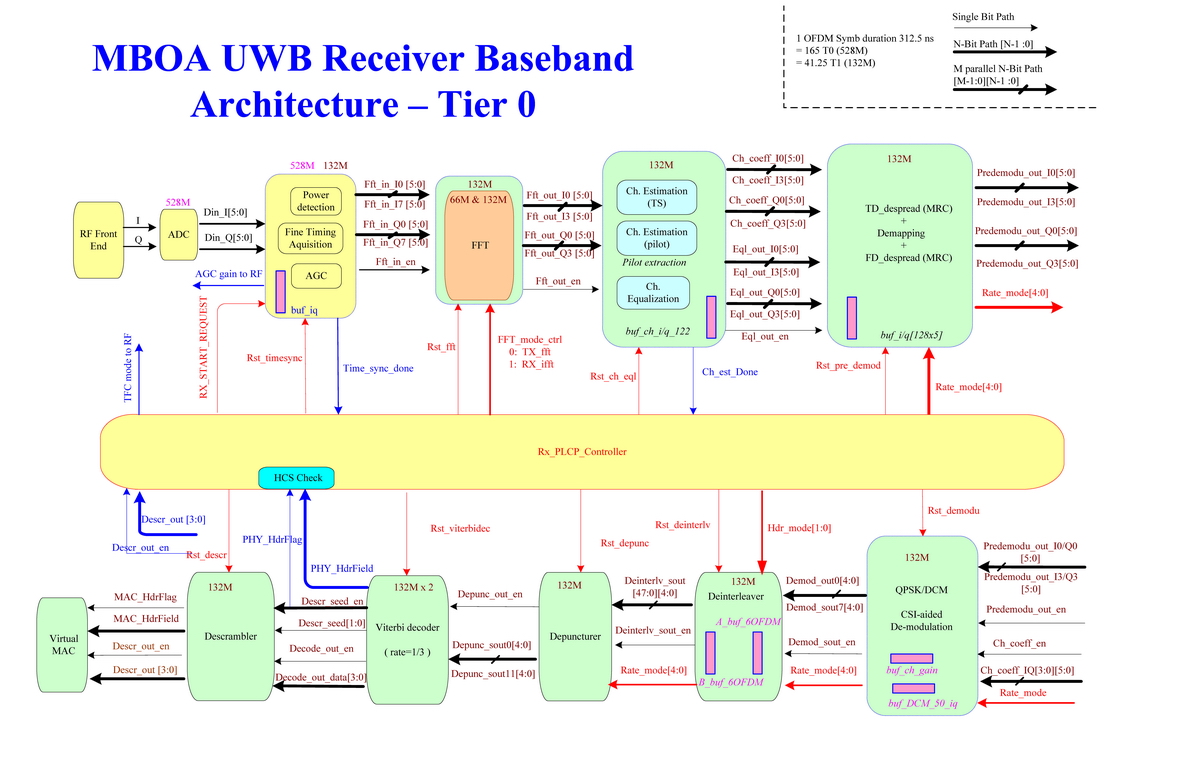The University of New South Wales, Sydney, Australia
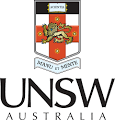
Energy efficiency, high data rates, and security are the main driving forces for the evolution of wireless communication networks. Traditionally, these requirements have been fulfilled by increasing both the transmit power and the bandwidth. However, nowadays the radio spectrum available for wireless services is extremely scarce and universal frequency reuse is a new trend to accommodate the increasing number of users. In other words, increasing the transmission bandwidth will not always be an option in the future. On the other hand, power consumption in cellular networks is not only a financial burden to service providers, but also a main contributor to greenhouse gas emission. Besides, due to the universal frequency reuse, strong co-channel interference puts system designers in a dilemma since increasing the transmit power may not be beneficial for the overall system performance. As a consequence, a better system design for utilizing the limited resources is needed. My research interest is the design of resource allocation algorithms for realizing spectral efficient, energy efficient, and secure communication networks.

Proposal Summary: The project aims to investigate the open challenging research problems for realising high-speed sixth-generation wireless networks with seamless networked sensing capabilities via integrated sensing and communication (ISAC). The significance of this project is expected to generate new knowledge of ISAC exploiting advanced communication theory, signal processing theory and optimisation theory. Expected outcomes of this project include pragmatic robust beamforming, joint channel and sensing parameters estimation, resource allocation designs and a system-level analysis as the foundations and tools to unleash the full potential of ISAC. These should provide significant economic benefits to wireless service providers and mobile users worldwide.
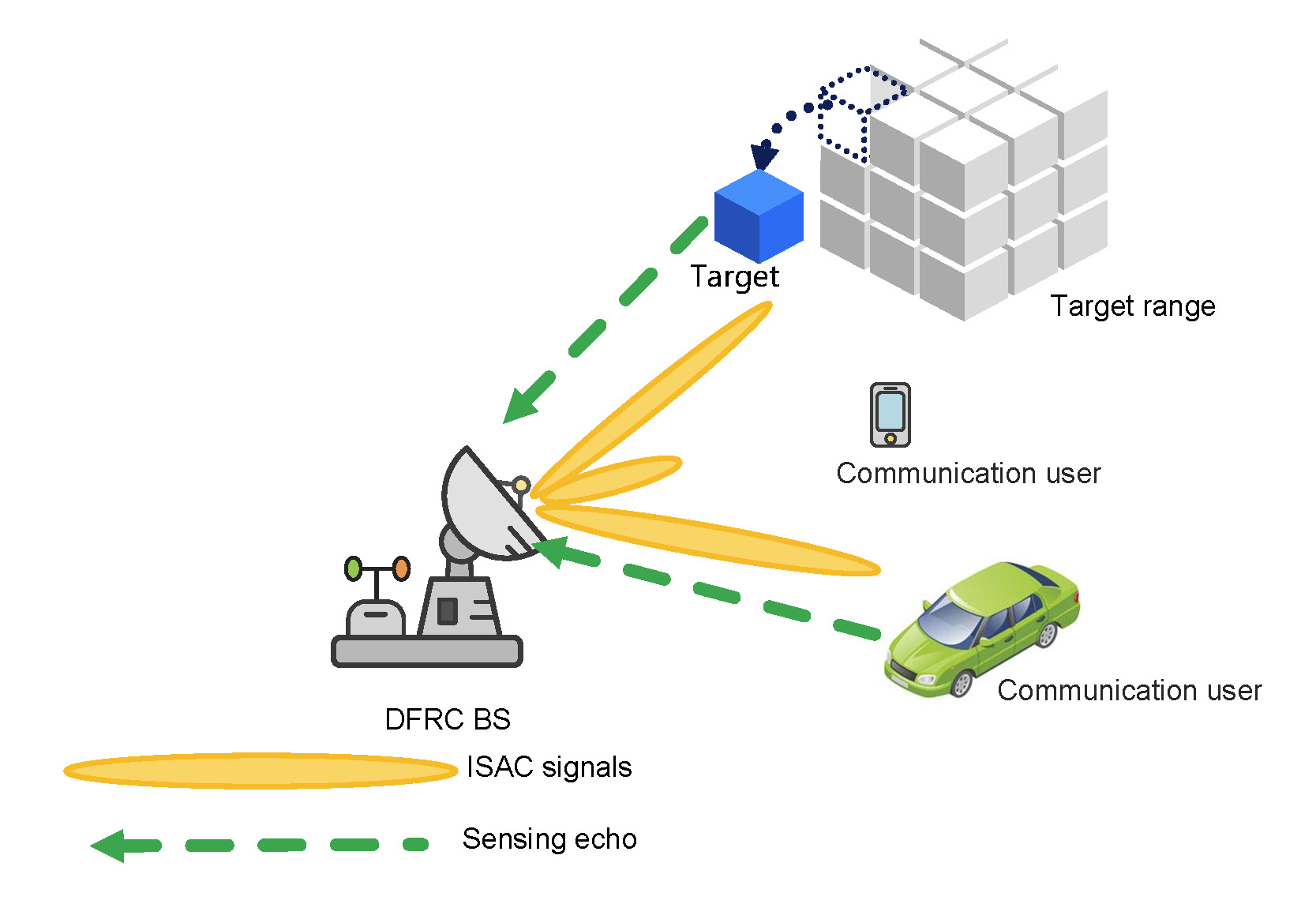

Proposal Summary: Intelligent reflecting surface (IRS) is a ground-breaking wireless technology essential for the development of future sixth-generation (6G) wireless communication networks. This project aims to develop fundamental communication theories and practical solutions to characterise and optimise IRS-based communication. The project expects to design novel channel estimation, robust beamforming, resource allocation and analytical framework to address the significant scientific challenges for the development of IRS for enabling high-speed 6G networks. These outcomes are expected to contribute to a new type of wireless infrastructure which paves the way for building and transforming the Australian information and communications technology industries.
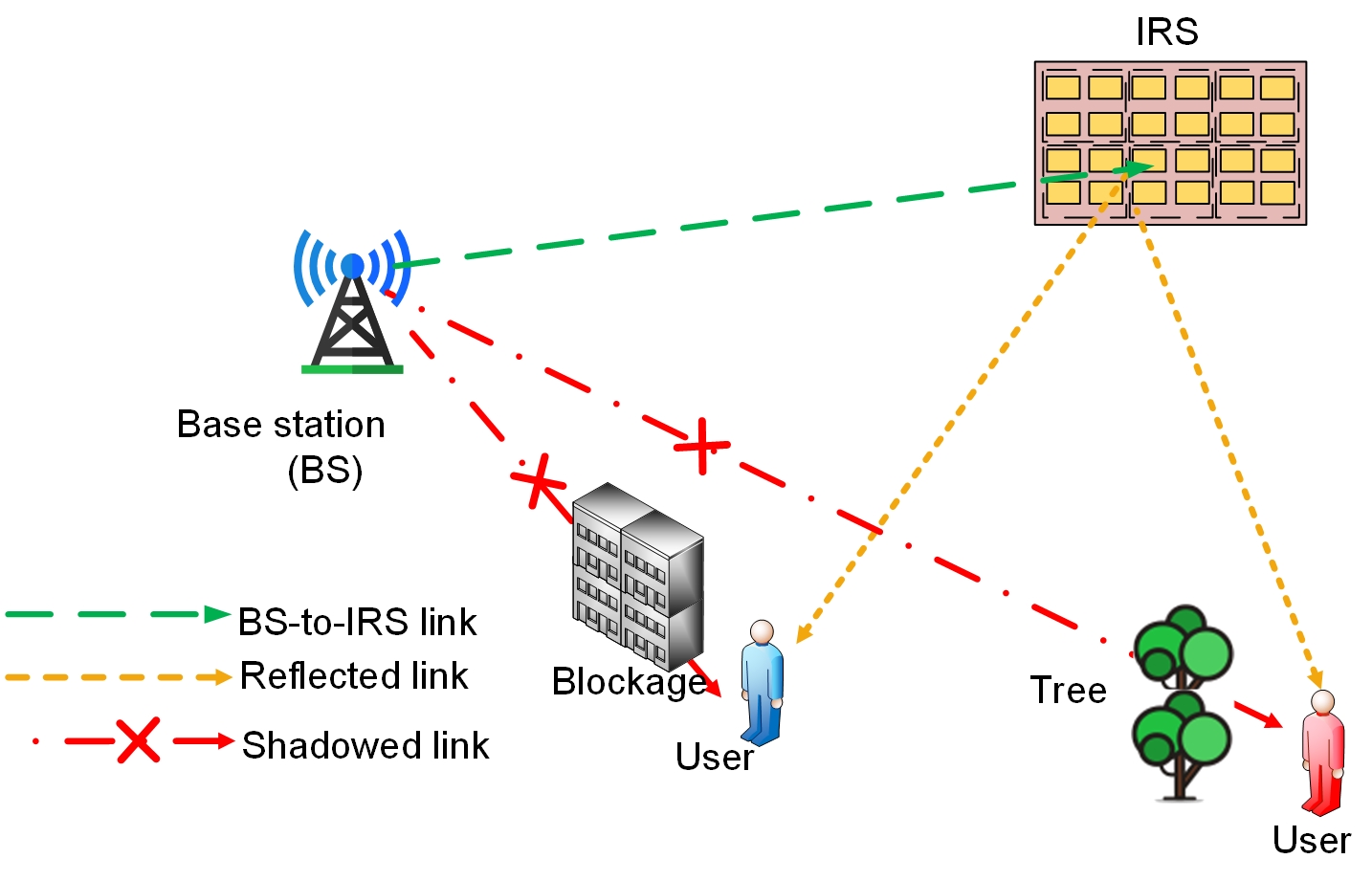



Proposal Summary: Drone-based communication is a revolutionised wireless paradigm for the development of highly flexible and cost-effective beyond fifth-generation (B5G) wireless systems. This project aims to develop novel communication theories and practical techniques to realise truly high-speed and ubiquitous communication required in B5G networks. The project intends to deliver resource allocation designs, robust transceiver designs and a system-level analysis as the foundations and tools to unlock the potential of this promising paradigm. The outcomes of this project are expected to fundamentally advance the knowledge of drone-based communications with significant economic values to service providers and benefits to mobile users over the world.





Proposal Summary: This project aims to develop innovative millimetre wave (mmWave) communication theories and techniques, in order to significantly improve the data rate and network capacity for mobile broadband. Pragmatic transceiver designs, channel estimation algorithms, and network optimisation tools will be developed to quantify the potential of this promising wireless infrastructure. The technologies are designed to exploit the abundant mmWave spectrum and complement the state-of-the-art cellular systems to fulfil the formidable demand for ultra-fast data services. The project outcomes are expected to increase mobile broadband speed by an order of magnitude which can benefit end-user experience and open up new opportunities for network providers.

Proposal Summary: This project aims to enable efficient wireless energy transfer and data communication for wireless powered communication (WPC) networks. WPC is a key technology to unlock the potential of Internet-of-Things (IoT) via prolonging the lifetime of energy-limited wireless communication devices. This project will design and develop a proof-of-concept WPC test-bed to evaluate and verify the proposed technologies. The outcomes of the project are expected to advance the knowledge of WPC networks and contribute a new type of wireless infrastructure, as an essential part of the emerging digital society.

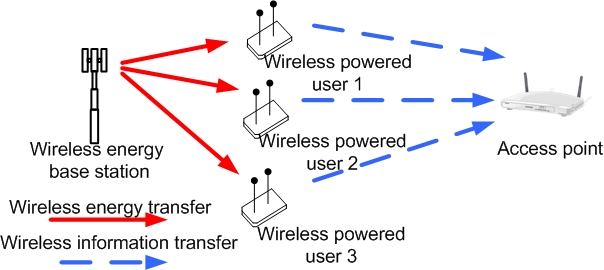

Proposal Summary: Massive connectivity and low latency machine-to-machine communications. This project aims to develop communications protocols and algorithms to enable energy-efficient, reliable and low latency machine-to-machine (M2M) networks, connecting a massive number of heterogeneous machine type devices. M2M communications are key to unlocking the Internet of Things’s potential to improve economic productivity and life quality. This project will develop new theories and devise a proof-of-concept M2M test-bed to evaluate and verify the proposed technologies. The intended outcomes of the project are to contribute to the global standardisation of M2M networks and the new type of world-class wireless infrastructure, as an integral part of the emerging digital society.
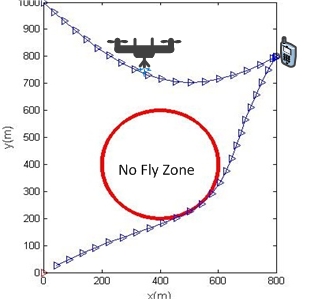
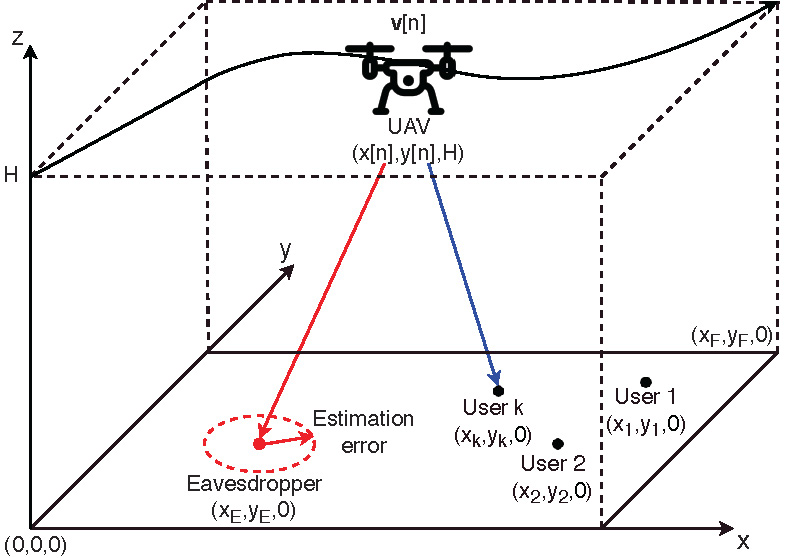
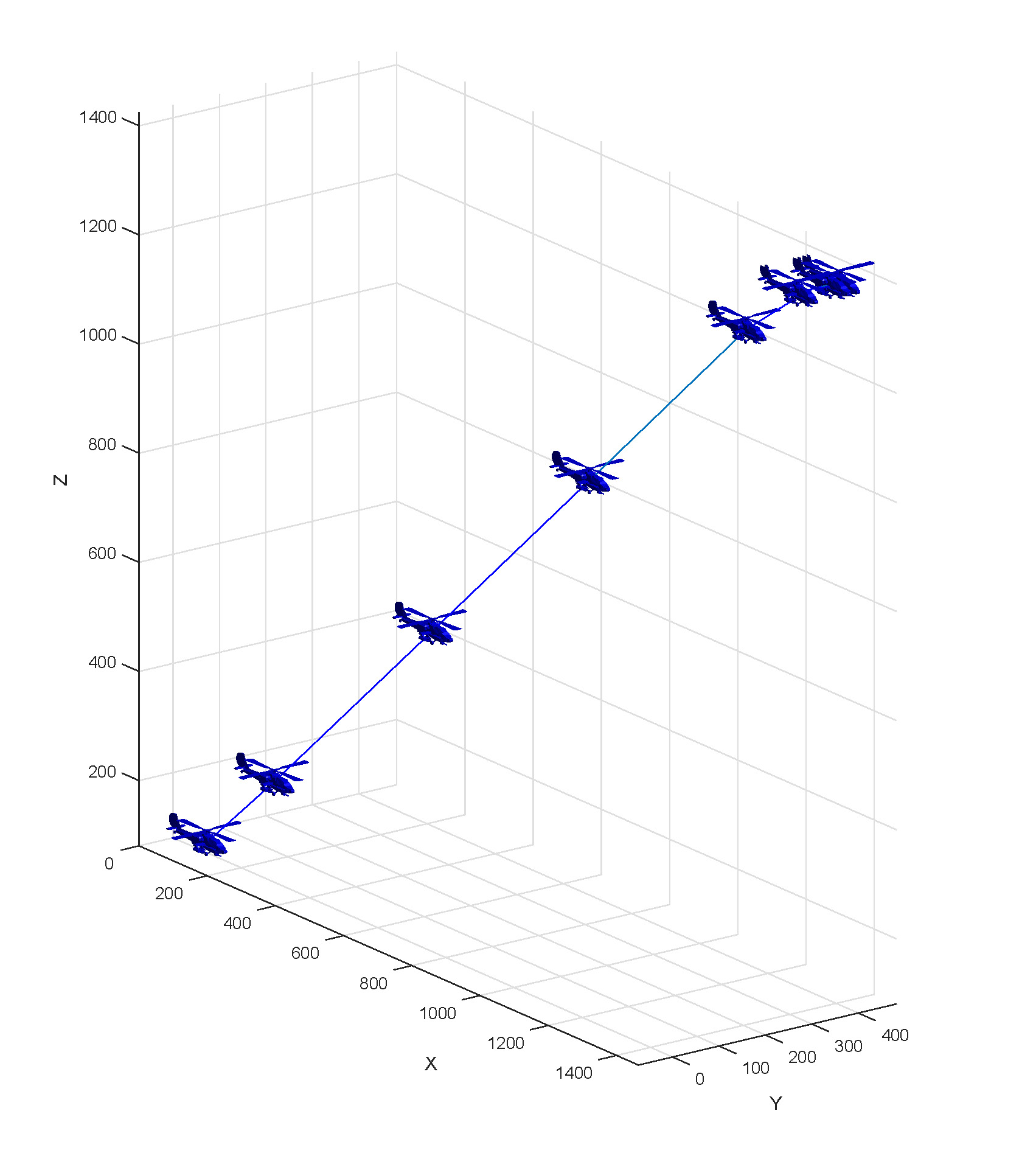
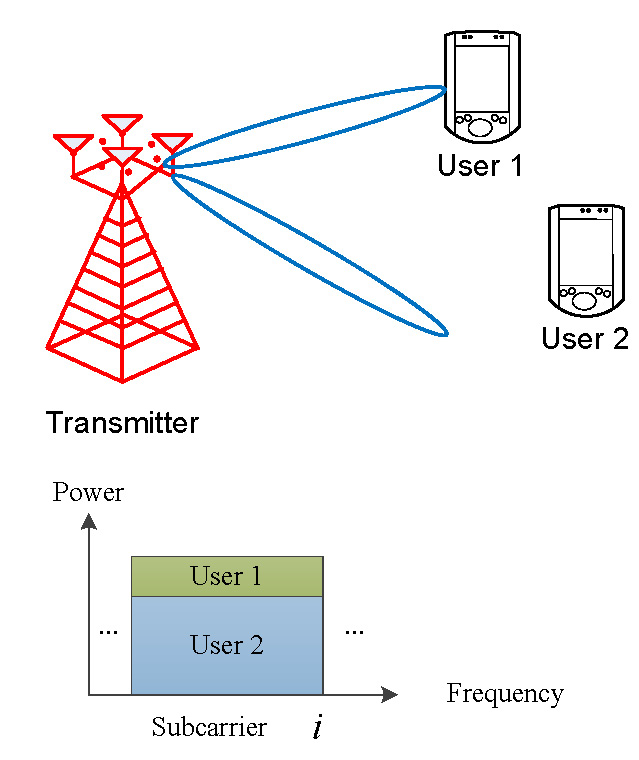
Radio access technologies for cellular communications are characterized by multiple access schemes, such as frequency-division multiple access (FDMA) for the first generation (1G), time-division multiple access (TDMA) for the second generation (2G), code-division multiple access (CDMA) used by both 2G and the third generation (3G), and orthogonal frequency- division multiple access (OFDMA) for 4G. All these conventional multiple access schemes are orthogonal multiple access (OMA) technologies, where different users are allocated to orthogonal resources in either time, frequency, or code domain in order to mitigate multiple access interference (MAI). However, OMA schemes are not sufficient to support the massive connectivity with diverse QoS requirement due to the inherent spectral loss. In fact, due to the limited degrees of freedom (DoF), some users with better channel condition have a higher priority to be served while other users with poor channel quality have to wait to access, which leads to high unfairness and large latency. Besides, it is inefficient when allocating DoF to users with poor channel quality. As a result, a promising technology, non-orthogonal multiple access (NOMA), has been proposed to improve the fairness in resource allocation and to enhance the utilization of limited spectral resources.
Please refer to the page of Publications.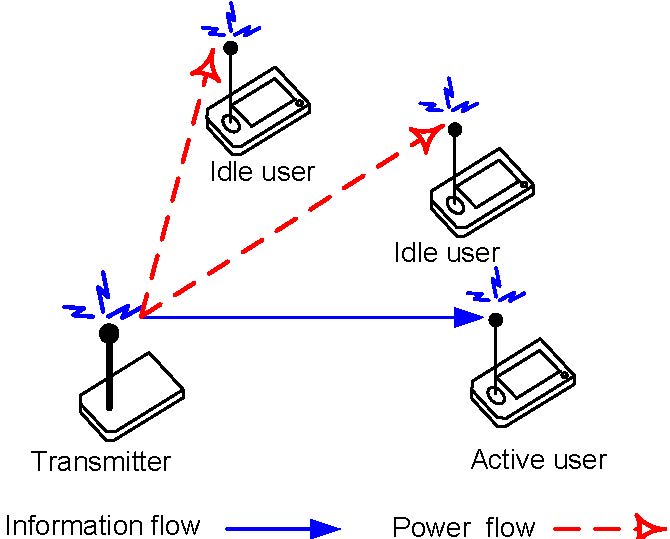

Nowadays, portable mobile devices are usually only equipped with limited energy supplies (batteries) which creates bottlenecks in perpetuating the lifetime of networks. Consequently, energy harvesting is considered to be a viable solution for providing self-sustainability to communication systems. In practice, numerous renewable energy sources can be exploited for energy harvesting, including solar, tide, geothermal, and wind. However, these natural energy sources are usually location, weather, or climate dependent and may not always be available in enclosed/indoor environments or suitable for mobile devices. On the other hand, wireless power transfer technology, which enables the receivers to scav- enge energy from propagating electromagnetic waves (EM) in radio frequency (RF), has gained recent attention in both industry and academia. Indeed, RF signals carry both information and energy simultaneously. Thus, the RF energy radiated by the transmitter(s) can be recycled at the receivers for prolonging the lifetime of n etworks. Yet, the utilization of EM waves as a carrier for simultaneous information and power transfer poses many new research challenges for both resource allocation algorithm and receiver design.
Publication:
Wireless Information and Power Transfer
Derrick Wing Kwan Ng
Journal papers :
[1] X. Chen, D. W. K. Ng, and H.-H. Chen, "Secrecy Wireless Information and Power Transfer: Challenges and Opportunities," accepted for publication, IEEE Wireless Commun., Dec. 2015.
[2] Q. Wu, M. Tao D. W. K. Ng, W. Chen, and R. Schober, "Energy-Efficient Resource Allocation for Wireless Powered Communication Networks," accepted for publication, IEEE Trans. Wireless Commun., Nov. 2015.
[3] E. Boshkovska , D. W. K. Ng, N. Zlatanov, and R. Schober, "Practical Non-linear Energy Harvesting Model and Resource Allocation for SWIPT Systems," IEEE Communications Letters, vol.19, no.12, pp.2082-2085, Dec. 2015.
[4] D. W. K. Ng, E. S. Lo, and R. Schober, "Multi-Objective Resource Allocation for Secure Communication in Cognitive Radio Networks with Wireless Information and Power Transfer," IEEE Trans. Veh. Technol., May 2015.
[5] Z. Ding, C. Zhong, D. W. K. Ng, M. M. Peng, H. Suraweera, and R. Schober, and H. Vincent Poor, "Application of Smart Antenna Technologies in Simultaneous Wireless Information and Power Transfer," IEEE Commun. Mag., vol. 53, pp.86-93, Apr. 2015.
[6] I. Krikidis, S. Timotheou, S Nikolaou, G. Zheng, D. W. K. Ng, and R. Schober, "Simultaneous Wireless Information and Power Transfer in Modern Communication Systems," IEEE Commun. Mag., vol. 52, pp. 104 - 110, Nov. 2014.
[7] D. W. K. Ng, E. S. Lo, and R. Schober, "Robust Beamforming for Secure Communication in Systems with Wireless Information and Power Transfer," IEEE Trans. Wireless Commun., vol. 13, pp. 4599 - 4615, Aug. 2014.
[8] D. W. K. Ng, E. S. Lo, and R. Schober, "Wireless Information and Power Transfer: Energy Efficiency Optimization in OFDMA Systems," IEEE Trans. Wireless Commun., vol. 12, pp. 6352 - 6370, Dec. 2013.
Conference papers:
[9] N. Zlatanov, D. W. K. Ng , and R. Schober, "Capacity of the Two-Hop Full-Duplex Relay Channel with Wireless Power Transfer from Relay to Battery-less Source," accepted for presentation of the IEEE International Conference on Communications (ICC) 2016, Kuala Lumpur, Malaysia, Jun. 2016.
[10] E. Boshkovska, D. W. K. Ng , N. Zlatanov , and R. Schober, "Power Allocation and Scheduling for SWIPT Systems with Non-linear Energy Harvesting Model," accepted for presentation of the IEEE International Conference on Communications (ICC) 2016, Kuala Lumpur, Malaysia, Jun. 2016.
[13] M. Chynonova, R. Morsi, D. W. K. Ng, and R. Schober, "Optimal Multiuser Scheduling Schemes for Simultaneous Wireless Information and Power Transfer," invited paper, in Proceedings of the 23rd European conference on Signal Processing (EUSIPCO 2015), Nice, France, Sep. 2015.
[14] Q. Wu, M. Tao, D. W. K. Ng, W. Chen, and R. Schober, "Energy-Efficient Transmission for Wireless Powered Multiuser Communication Networks," in Proceedings of the IEEE International Conference on Communications (ICC) 2015, London, United Kingdom, Jun. 2015.
[15] D. W. K. Ng and R. Schober, "Resource Allocation for Coordinated Multipoint Networks with Wireless Information and Power Transfer," in Proceedings of the IEEE Global Communications Conference (Globecom) 2014, Austin, Texas, USA, Dec. 2014.
[16] D. W. K. Ng and R. Schober, "Max-min Fair Wireless Energy Transfer for Secure Multiuser Communication Systems," invited paper, in Proceedings of the IEEE Information Theory Workshop 2014, Hobart, Tasmania, Australia, Nov. 2014.
[17] D. W. K. Ng, R. Schober, and H. Alnuweiri, "Secure Layered Transmission in Multicast Systems with Wireless Information and Power Transfer," in Proceedings of the IEEE International Conference on Communications (ICC) 2014, Sydney, Australia, Jun. 2014.
[18] S. Leng, D. W. K. Ng, and R. Schober, "Power Efficient and Secure Multiuser Communication Systems with Wireless Information and Power Transfer," in Proceedings of the IEEE International Conference on Communications (ICC) 2014, Sydney, Australia, Jun. 2014.
[19] D. W. K. Ng and R. Schober, "Resource Allocation for Secure Communication in Systems with Wireless Information and Power Transfer," in Proceedings of the IEEE Global Communications Conference (Globecom) 2013 - Workshop on Trusted Communications with Physical Layer Security, Atlanta, USA, Dec. 2013.
[20] D. W. K. Ng, Lin Xiang, and R. Schober, "Multi-Objective Beamforming for Secure Communication in Systems with Wireless Information and Power Transfer," invited paper, in Proceedings of the IEEE International Symposium on Personal, Indoor and Mobile Radio Communications (PIMRC) 2013, Special Session on Physical Layer Security, London, United Kingdom, Sep., 2013.
[21] D. W. K. Ng and R. Schober, " Spectral Efficient Optimization in OFDM Systems with Wireless Information and Power Transfer," invited paper, in Proceedings of the 21st European Signal Processing Conference, Marrakesh, Morocco, Sep. 2013.
[22] D. W. K. Ng, E. S. Lo, and R. Schober, "Energy-Efficient Resource Allocation in Multiuser OFDM Systems with Wireless Information and Power Transfer," in Proceedings of the IEEE Wireless Communications and Networking Conference (WCNC) 2013, Shanghai, China, Apr. 2013.
[23] D. W. K. Ng, E. S. Lo, and R. Schober, "Energy-Efficient Power Allocation in OFDM Systems with Wireless Information and Power Transfer ," in Proceedings of the IEEE International Conference on Communications (ICC) 2013 - Selected Area in Communications (SAC) - Green Communication Systems and Networks, Budapest, Hungary, Jun. 2013.
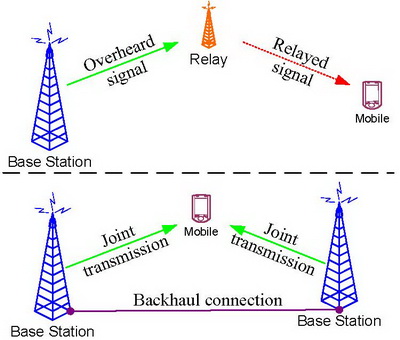
The degrees of freedom introduced by multiple antennas at the transmitters and receivers of wireless communication systems facilitate multiplexing gains and diversity gains. A wireless point-to-point link with M transmit and N receive antennas constitutes an M-by-N MIMO communication system. The ergodic capacity of an M-by-N MIMO fading channel increases practically linearly with min{M,N} provided that the fading meets certain mild conditions. Hence, it is not surprising that MIMO has attracted a lot of research interest over the past decade since it enables significant performance and throughput gains without requiring extra transmit power and bandwidth. However, limitations on the number of antennas that a wireless device is able to support as well as the significant signal processing power and complexity required in MIMO transceivers limit the gains that can be achieved in practice.
To overcome the limitations of traditional MIMO, the concept of cooperative communication has recently been proposed for wireless networks such as fixed infrastructure cellular networks and wireless ad hoc networks. The basic idea of cooperative communication is that the single antenna terminals of a multiuser system can share their antennas and create a virtual MIMO communication system. Thereby, three different types of cooperation may be distinguished, namely, user cooperation, BS cooperation, and relaying. There are different pros and cons for these three cooperation schemes. Theoretically, user cooperation and BS cooperation are able to provide huge performance gains, when compared with non-cooperative networks. However, user cooperation requires sophisticated signaling control algorithms and BS cooperation requires a strong backhaul connection for information exchange. On the other hand, cooperative relaying with dedicated relays requires significantly less signaling overhead and allows for low cost implementation. Nevertheless, a substantial spectral efficiency loss is inherent to relaying systems due to the half-duplex constraint.
Publication:
Derrick Wing Kwan Ng
Scholarly Book Chapters
1. D. W. K. Ng and R. Schober, "Cross-Layer Scheduling Design for Cooperative Wireless Two-Way Relay Networks," book chapter in "Cooperative Cellular Wireless Networks," Eds. E. Hossain, D. I. Kim, and V. K. Bhargava, Cambridge University Press, Apr. 2011.
Journal papers:
[1] C. Wang, H.-M. Wang, D. W. K. Ng, X.-G. Xia, and C. Liu, "Joint Beamforming and Power Allocation for Secrecy in Peer-to-Peer Relay Networks," IEEE Trans. Wireless Commun., vol. 14, pp. 3280-3293, Jun. 2015.
[2] D. W. K. Ng, E. S. Lo, and R. Schober, "Dynamic Resource Allocation in MIMO-OFDMA System with Full-Duplex and Hybrid Relaying," IEEE Trans. Commun, vol. 60, pp. 1291 - 1304, May 2012.
[3] D. W. K. Ng, E. S. Lo, and R. Schober, "Secure Resource Allocation and Scheduling for OFDMA Decode-and-Forward Relay Network," IEEE Trans. Wireless Commun., vol. 10, pp. 3528 - 3540, Oct. 2011.
[4] D. W. K. Ng and R. Schober, "Resource Allocation and Scheduling in Multi-Cell OFDMA Decode-and-Forward Relaying Networks," IEEE Trans. Wireless Commun., vol. 10, pp. 2246 - 2258, Jul. 2011.
[5] D. W. K. Ng and R. Schober, "Cross-Layer Scheduling for OFDMA Amplify-and-Forward Relay Networks," IEEE Trans. on Veh. Technol., vol. 59, pp. 1443 - 1458, Mar. 2010.
Conference Papers
[6] N. Zlatanov, D. W. K. Ng, and R. Schober, "Capacity of the Two-Hop Full-Duplex Relay Channel with Wireless Power Transfer from Relay to Battery-less Source," accepted for presentation of the IEEE International Conference on Communications (ICC) 2016, Kuala Lumpur, Malaysia, Jun. 2016.
[7] N. Zlatanov, V. Jamali, D. W. K. Ng, and R. Schober, "Novel Protocol with Improved Outage Probability Performance for the Fading Two-Hop Half-Duplex Relay Channel," accepted for presentation of the IEEE International Conference on Communications (ICC) 2016, Kuala Lumpur, Malaysia, Jun. 2016.
[8] L. Xiang, D. W. K. Ng, T. Islam, R. Schober, and Vincent W.S. Wong, "Cross-Layer Optimization of Fast Video Delivery in Cache-Enabled Relaying Networks," in Proceedings of the IEEE Globecom., Dec. 2015.
[9] I. Ahmed, A. Ikhlef, D. W. K. Ng, and R. Schober, "Power Allocation for a Hybrid Energy Harvesting Relay System with Imperfect Channel and Energy State Information," in Proceedings of the IEEE Wireless Communications and Networking Conference (WCNC) 2014, Istanbul, Turkey, Apr. 2014.
[10] I. Ahmed, A. Ikhlef, D. W. K. Ng, and R. Schober, "Optimal Resource Allocation for Energy Harvesting Two-way Relay Systems with Channel Uncertainty," invited paper, in Proceedings of the IEEE Global Conference on Signal and Information Processing, Austin, Texas, USA, Dec. 2013.
[11] D. W. K. Ng and R. Schober, "Resource Allocation for Secure OFDMA Decode-and-Forward Relaying Networks," in Proceedings of the 2011 Canadian Workshop on Information Theory (CWIT 2011), Kelowna, Canada, pp. 202 - 205, May 2011.
[12] D. W. K. Ng and R. Schober, "Dynamic Resource Allocation in OFDMA Systems with Full and Hybrid-Duplex Relaying," in Proceedings of the IEEE International Conference on Communications (ICC) 2011, Kyoto, Japan, Jun. 2011.
[13] D. W. K. Ng and R. Schober, "Resource Allocation and Scheduling in Multi-Cell OFDMA Decode-and-Forward Relaying Networks," in Proceedings of the IEEE Global Communications Conference (Globecom) 2010, Miami, Florida, USA, Dec. 2010.
[14] D. W. K. Ng and R. Schober, "Cross-Layer Scheduling for OFDMA Two-way Relay Networks," in Proceedings of the IEEE Wireless Communications and Networking Conference (WCNC) 2010, Sydney, Australia, Apr. 2010.
[15] D. W. K. Ng and R. Schober, "Cross-Layer Scheduling for OFDMA Amplify-and-Forward Relay Networks," in Proceedings of the IEEE Vehicular Technology Conference (VTC) Fall 2009, Anchorage, Alaska, USA, Sep. 2009.

Recently, driven by environmental concerns, green communication has received considerable interest from both industry and academia. In fact, the cellular networks consume world-wide approximately 60 billion kWh per year. In particular, 80% of the electricity in cellular networks is consumed by the base stations (BSs) which produce over a hundred million tons of carbon dioxide per year. These figures are projected to double by the year 2020 if no further actions are taken. As a result, a tremendous number of green technologies/methods have been proposed in the literature for maximizing the energy efficiency (bit-per-Joule) of wireless communication systems.
Publication:
Energy-efficient Communications
Derrick Wing Kwan Ng
Journal papers:
[1] D. W. K. Ng, Y. Wu, and R. Schober, "Power Efficient Resource Allocation for Full-Duplex Radio Distributed Antenna Networks," accepted for publication, IEEE Trans. Wireless Commun., Dec. 2015.
[2] I. Ahmed, A. Ikhlef, D. W. K. Ng, and R. Schober, "Power Allocation for an Energy Harvesting Transmitter with Hybrid Energy Sources," IEEE Trans. Wireless Commun., vol. 12, pp. 6255 - 6267, Dec. 2013.
[3] D. W. K. Ng, E. S. Lo, and R. Schober, "Energy-Efficient Resource Allocation in OFDMA Systems with Hybrid Energy Harvesting Base Station," IEEE Trans. Wireless Commun., vol. 12, pp. 3412 - 3427, Jul. 2013.
[4] D. W. K. Ng, E. S. Lo, and R. Schober, "Energy-Efficient Resource Allocation in Multi-Cell OFDMA Systems with Limited Backhaul Capacity," IEEE Trans. Wireless Commun., vol. 11. pp. 3618 - 3631, Oct. 2012.
[5] D. W. K. Ng, E. S. Lo, and R. Schober, "Energy-Efficient Resource Allocation in OFDMA Systems with Large Numbers of Base Station Antennas," IEEE Trans. Wireless Commun., vol. 11. pp. 3292 - 3304, Sep. 2012.
[6] D. W. K. Ng, E. S. Lo, and R. Schober, "Energy-Efficient Resource Allocation for Secure OFDMA Systems," IEEE Trans. on Veh. Technol., vol. 61, pp. 2572 - 2585, Jul. 2012.
[7] D. W. K. Ng , Y. Sun, and R. Schober, "Power Efficient and Secure Full-Duplex Wireless Communication Systems," invited paper, in Proceedings of the IEEE Conference on Communications and Network Security, Florence, Italy, Sep. 2015.
[8] Y. Sun, D. W. K. Ng, and R. Schober, "Multi-Objective Optimization for Power Efficient Full-Duplex Wireless Communication Systems," in Proceedings of the IEEE Globecom., Dec. 2015.
[9] D. W. K. Ng, R. Schober, and H. Alnuweiri, "Power Efficient MISO Beamforming for Secure Layered Transmission," in Proceedings of the IEEE Wireless Communications and Networking Conference (WCNC) 2014, Istanbul, Turkey, Apr. 2014.
[10] I. Ahmed, A. Ikhlef, D. W. K. Ng, and R. Schober, "Power Allocation for a Hybrid Energy Harvesting Relay System with Imperfect Channel and Energy State Information," in Proceedings of the IEEE Wireless Communications and Networking Conference (WCNC) 2014, Istanbul, Turkey, Apr. 2014.
[11] I. Ahmed , A. Ikhlef, D. W. K. Ng, and R. Schober, "Optimal Power Allocation for a Hybrid Energy Harvesting Transmitter," in Proceedings of the IEEE International Conference on Communications (ICC) 2013 - Selected Area in Communications (SAC) - Green Communication Systems and Networks, Budapest, Hungary, Jun. 2013.
[12] D. W. K. Ng and R. Schober, "Energy-Efficient Power Allocation for M2M Communications with Energy Harvesting Transmitter," in Proceedings of the IEEE Global Communications Conference (Globecom) 2012 Workshop on Machine-to-Machine Communications, Anaheim, USA, Dec. 2012.
[13] D. W. K. Ng and R. Schober, "Energy-Efficient Resource Allocation in Multi-Cell OFDMA Systems with Limited Backhaul," invited paper, Third Nordic Workshop on System & Network Optimization for Wireless 2012, Trysil, Norway, Apr. 2012.
[14] D. W. K. Ng and R. Schober, "Energy-Efficient Resource Allocation in OFDMA Systems with Large Numbers of Base Station Antennas," in Proceedings of the IEEE International Conference on Communications (ICC) 2012 Workshop on Green Communications and Networking, Ottawa, Canada, Jun. 2012.
[15] D. W. K. Ng, E. S. Lo, and R. Schober, " Energy-Efficient Resource Allocation in SDMA Systems with Large Numbers of Base Station Antennas," in Proceedings of the IEEE International Conference on Communications (ICC) 2012, Ottawa, Canada, Jun. 2012.
[16] D. W. K. Ng, E. S. Lo, and R. Schober, "Energy-Efficient Resource Allocation in Multi-Cell OFDMA Systems with Limited Back-haul," in Proceedings of the IEEE Wireless Communications and Networking Conference (WCNC) 2012, Paris, France, Apr. 2012.
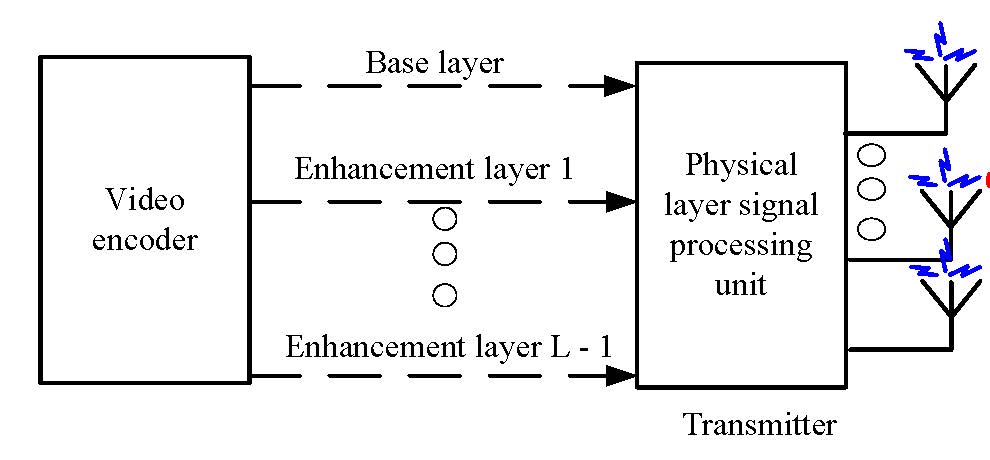
Publication: Please refer to the page of Publications.
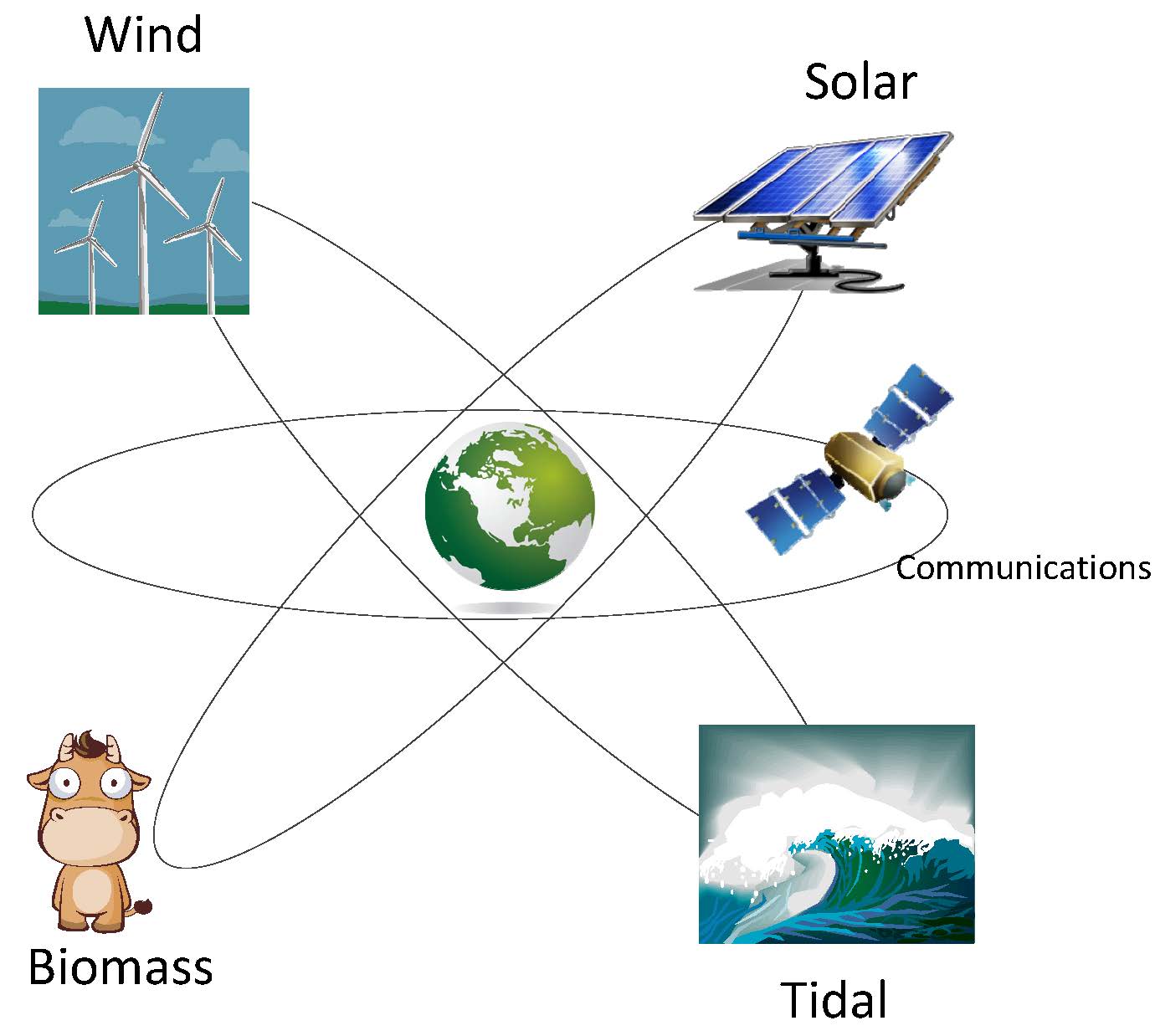
Global warming and the fossil fuel depletion crisis are the consequences of the escalating worldwide energy consumption. The growing world population and the growing energy demand have provoked researchers to rethink the existing power grid which is based on a 100 year old design. As a result, the concept of smart grid has been proposed. In particular, the smart grid integrates the information and communication technologies (ICT) into the power grid to improve the system energy efficiency.

Publication: Please refer to the page of Publications.
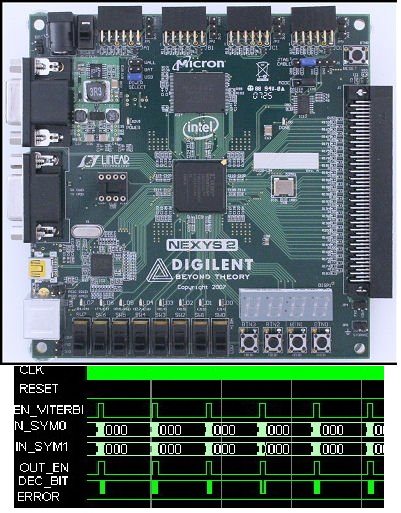
This project aims at developing complete solutions for the IEEE 802.11g standard. This includes constructing a wireless baseband system operating in the 2.4GHz ISM band together with PHY layer. A maximum payload rate of 54 Mbps can be achieved by employing the DSSS-OFDM or OFDM which is described by the IEEE802.11g specification. There are five major aspects of focus in the project, namely the FFT Block (Fast Fourier Transform), Vertibi Decoder, PHY Transmitter, PHY Frontend Receiver, and the PHY Backend Receiver. This WLAN project fully covers the lowest layers in the OSI (Open System Interconnection) model, which is the physical layer. The objective of this project is to design the hardware architecture for the transmitter, receiver, and some important blocks. Before verifying the hardware design by FPGA with HDL coding, performance analysis will be done by Matlab Simulink model. In the end, the RTL design of the 802.11g baseband Transmitter, Receiver and all blocks will undergo unit tests. Besides, we perform the integration test for merging the whole system.
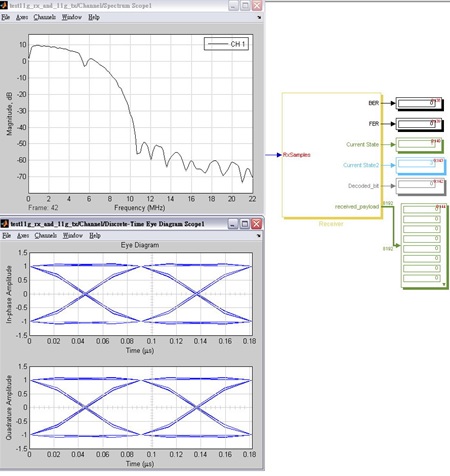
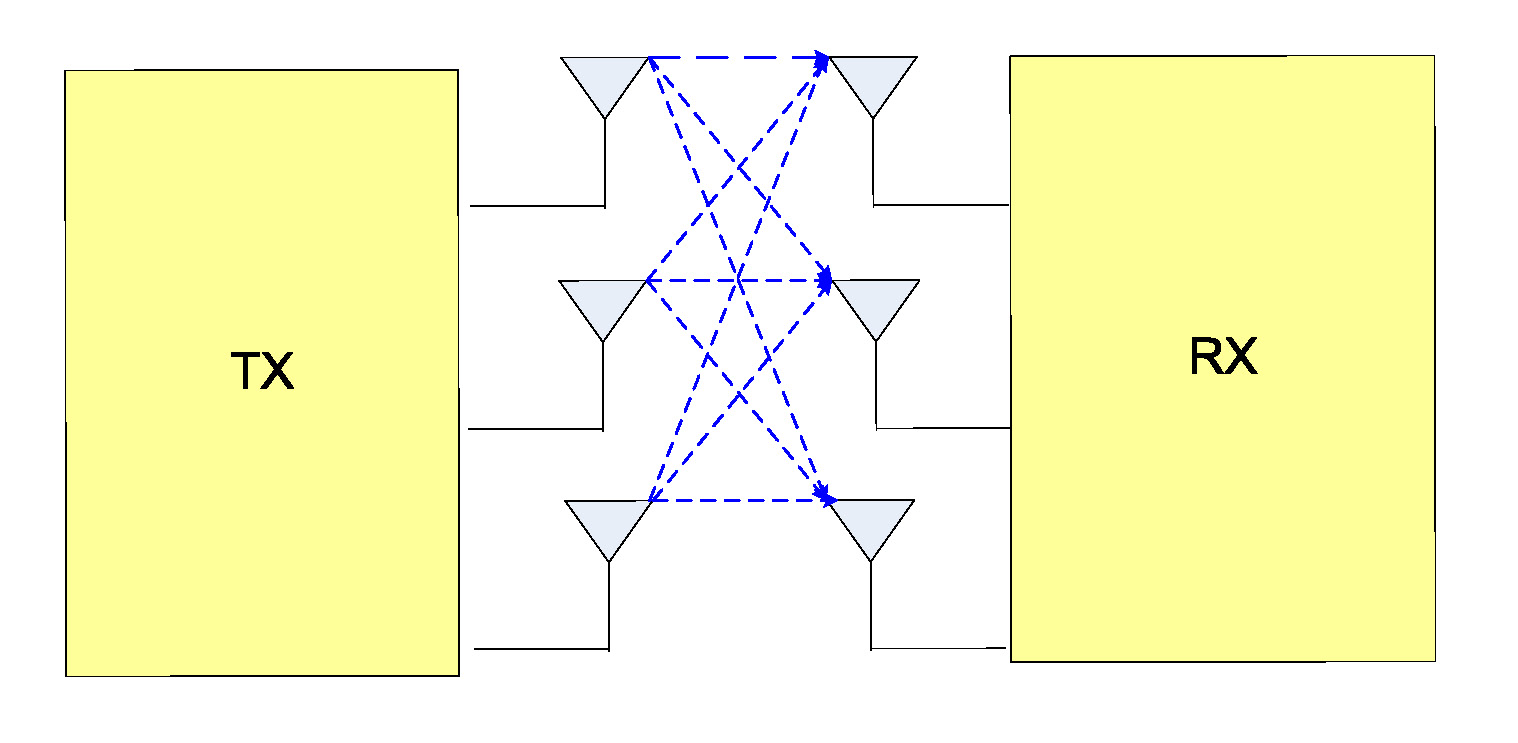
We design a 4-by-4 MIMO Test bed for testing the transceiver baseband FPGA design. The output of the FPGA is tested by logic anaysizer and coverified with the reference data generated by simulink.
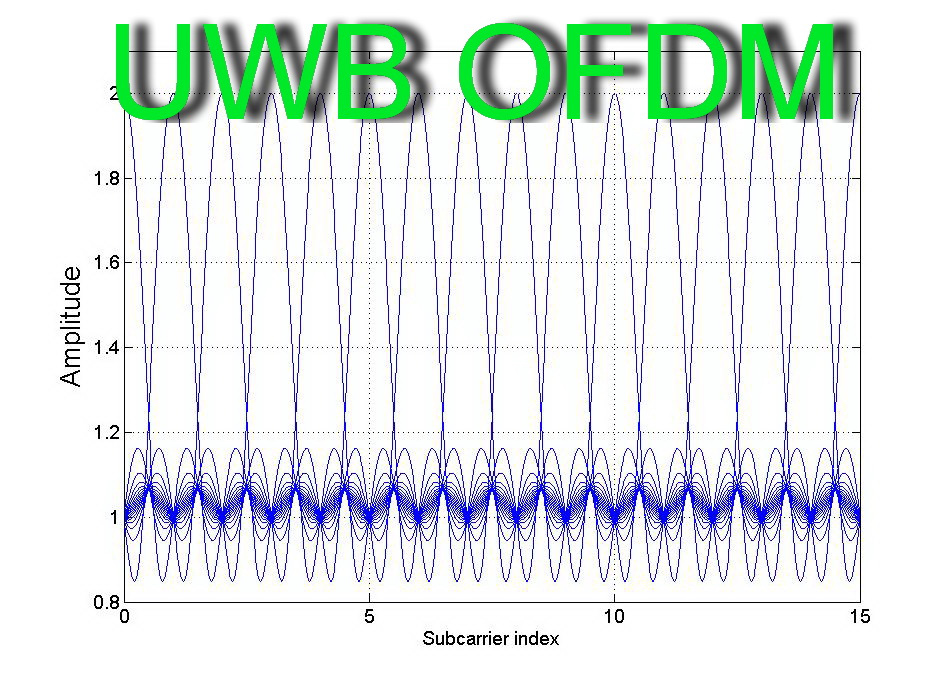
The project is divided into two parts. In the first part, we focus on the design of an UWB receiver. Then in the second part, we deisgn the timing synchronization algorithm to acquire timing information of the transmitter.
Timing Synchronization (TS) module is one of the most important modules in a wireless communication receiver to acquire timing information of the transmitter. It is executed without knowing the exact packet arrival time and channel state information. The correctness of timing information is much affected by noise and interferences existed in the channel. Special design of the preamble of a packet is required to raise the signal level of the desired signal so that the desired signal is made distinguishable.
